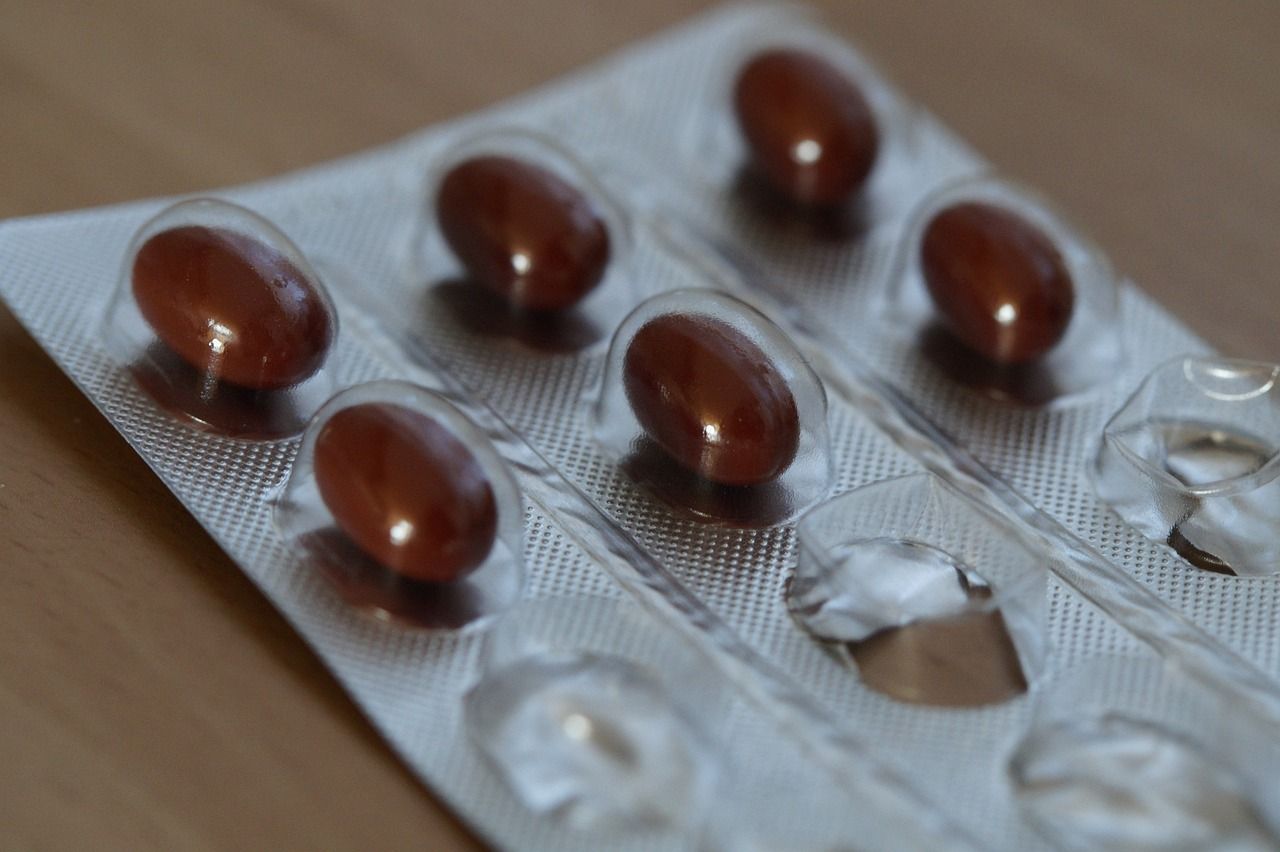
PET vs. PVC vs. PP: Which Material is Best for Your Blister Packaging Needs?
As the demand for high-performance and eco-friendly packaging materials grows, PET is expected to experience significant growth in the market.
What is Blister Packaging?
Blister forming is a thermal molding process typically used to create a plastic shell that is sealed to a backing card or foil, forming a complete unit for individual product containment and display. The process involves cutting plastic sheets to a specific size, heating them until they become soft, and then using the pressure difference between the two sides of the sheet and mechanical pressure to shape the material over a specific mold. After cooling, the shaped plastic is trimmed and finished. This method is widely used across various industries including cosmetics, electronics, food, luxury goods, and pharmaceuticals.
Common blister-packaged items include plastic trays, transparent shells for retail goods, and pharmaceutical blister packs for tablets and capsules. The versatility and low cost of the blister forming process make it ideal for producing products with precise shapes while ensuring convenience and safety.
Common Blister Packaging Materials
Common materials used in blister packaging include Polyvinyl Chloride (PVC), Polyethylene Terephthalate (PET), Polyethylene (PE), Polypropylene (PP), Polyvinylidene Chloride (PVDC), and Polycarbonate (PC). The choice of material depends on the specific requirements of the packaged product. For example, electronics packaging often uses antistatic PETPS sheets, while food packaging selects environmentally friendly and non-toxic materials. Cosmetics packaging might use special materials such as flocked trays.
The food and beverage industry is a major application area for blister packaging, accounting for over 45% of the global market according to Grand View Research. Among food-grade blister packaging materials, PET, PVC, and PP are the most common. Choosing the best material among these three requires a thorough consideration of their material properties, processing capabilities, and environmental performance.
Food-Grade Blister Packaging Materials: PET vs. PVC vs. PP
When comparing the performance of PET, PVC, and PP, PET excels in transparency, toughness, chemical resistance and sustainability.
Material Performance Comparison
Transparency: APET (Amorphous Polyethylene Terephthalate) sheets, derived from PET resin, are commonly used in the production of blister packaging containers. APET, as an amorphous material, delivers superior transparency, making PET stand out in terms of gloss and clarity when compared to PVC and PP. While PVC can also achieve high transparency, it tends to yellow over time when exposed to sunlight. In contrast, PET offers better UV resistance, effectively reducing this yellowing effect. On the other hand, PP naturally has a milky appearance, which is less transparent than PVC.
Toughness: PET exhibits the best toughness, capable of withstanding significant impact and pressure. It remains stable in low-temperature environments and does not become brittle, making it suitable for applications requiring high strength and durability. PVC has lower toughness, and both PP and PVC are prone to brittleness in cold conditions.
Chemical resistance: In terms of food preservation, PET demonstrates excellent resistance to most chemicals, solvents, and fats, maintaining stability across various environments. Its barrier properties surpass those of PVC and PP, making PET ideal for packaging a wide range of liquids and solids, including oils, beverages, and pharmaceuticals. PVC, on the other hand, has poor resistance to acids and alkalis, especially in high-temperature or high-humidity conditions, which limits its use for some chemical packaging. PP shows excellent resistance to moisture, oils, and many chemicals, particularly in contact with greasy or acidic foods. However, its gas barrier properties are lower than those of PET, which may limit its use in applications requiring extended shelf life.
Processing Performance Variations
PVC and PP generally outperform PET in processing. PVC can be molded into complex shapes using various methods, including thermoforming, extrusion, and blow molding. However, PVC processing may release harmful gases (e.g., chlorine), necessitating proper ventilation and exhaust systems. Additionally, PVC's safety in food packaging is a concern, leading to restrictions in many regions.
PP also has good processability, with a broad temperature range suitable for large-scale production. It has high thermal stability and a moderate melting point, typically requiring no special treatment, thus reducing demands on processing equipment.
Conversely, PET processing requires higher temperatures and more precise control compared to PVC and PP, but modern thermoforming technologies have largely addressed these challenges, enabling stable and consistent production for high-end applications. Despite these challenges, PET's processed products have stable performance, making it well-suited for high-end packaging applications.
Which Material is Most Sustainable: PET, PVC, or PP?
PET has the most advanced recycling infrastructure among common plastics. The growing adoption of food-grade rPET (recycled PET) further strengthens its sustainability credentials, supporting closed-loop recycling and meeting global circular economy goals. According to the European PET Bottle Platform, the PET bottle recycling rate in Europe reaches 58%. PET is relatively eco-friendly in production and disposal, and recycled materials maintain high quality, showcasing excellent environmental performance.
In contrast, PVC can release harmful substances such as chlorine gas and dioxins during production, processing, and incineration. These byproducts pose significant environmental and health risks, which is why the use of PVC in food packaging is restricted or banned in many regions, including the EU and parts of North America. The U.S. Environmental Protection Agency (EPA) notes that PVC's recycling rate is low, ranging from 6% to 10%. PVC recycling is also complex and costly, limiting its environmental friendliness.
PP production is environmentally friendly, and waste disposal is relatively simple, with no toxic gases produced upon burning. However, PP's recycling technology and system are less developed compared to PET. According to the International Plastics Packaging Association, the global recycling rate for PP is about 11%, and further improvements in recycling systems and technology are needed.
Conclusion
In the blister packaging sector, PET (Polyethylene Terephthalate) stands out with its superior advantages compared to PVC (Polyvinyl Chloride) and PP (Polypropylene), effectively addressing the growing demand for high-performance and eco-friendly packaging solutions. As the blister packaging market continues to expand, PET's exceptional qualities and environmental benefits are poised to drive significant growth in its market share.


